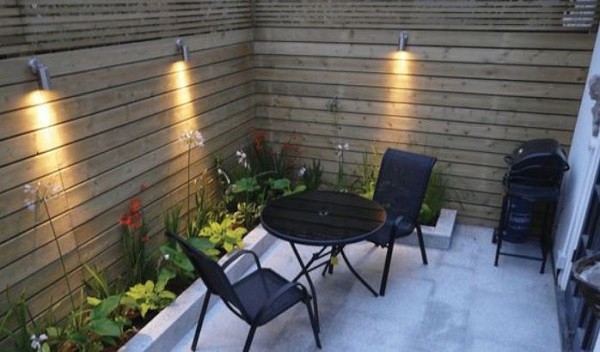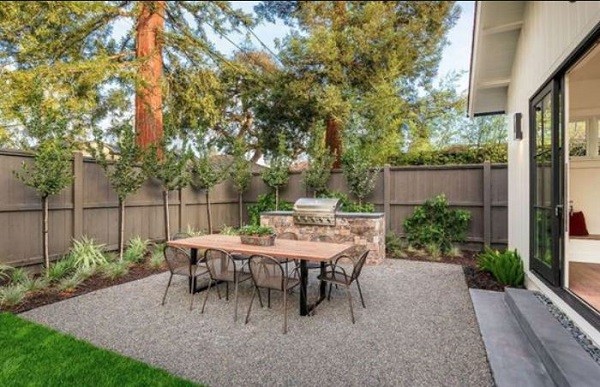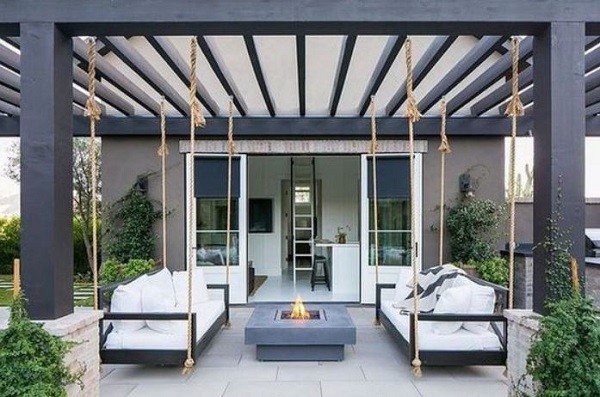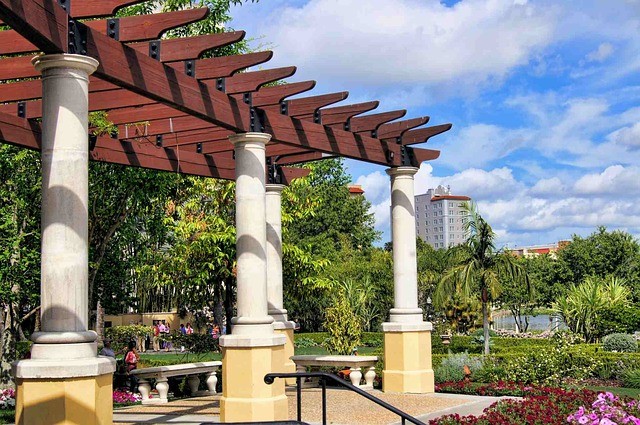If you’re in the market for a new fence, you may be wondering what the best wood is to use. There are a few factors to consider when choosing the the best wood for outdoor fence, such as climate and the type of fence you want to build.
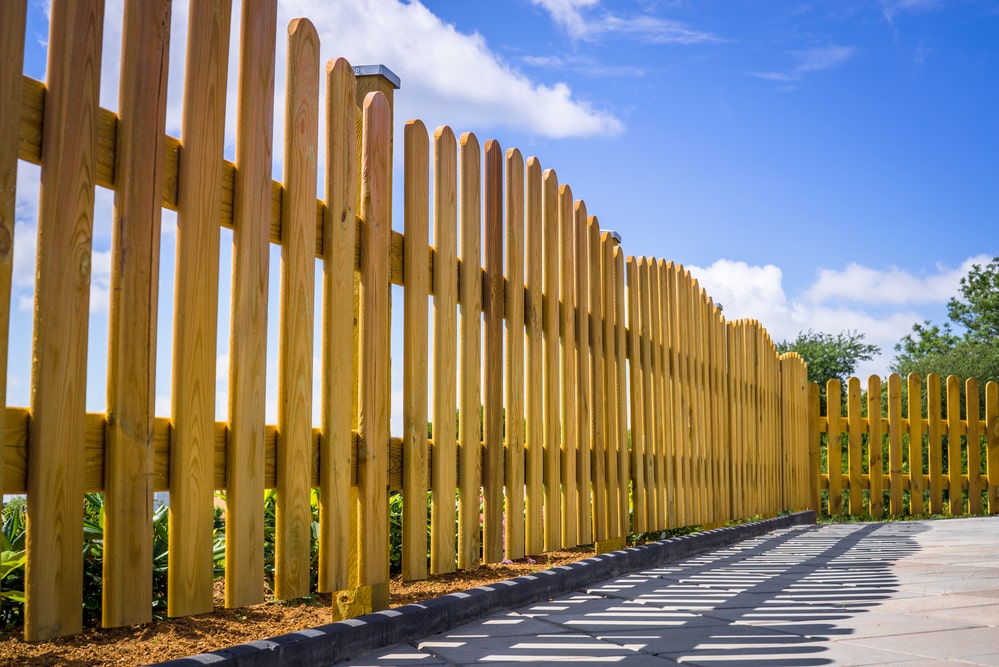
Here’s a look at some of the most popular types of wood for fences and their pros and cons.
Factors to Consider When Choosing Wood for Fence
Climate
Climate is one of the most important factors to consider when choosing wood for your fence. Different kinds of wood hold up better in different climates.
For example, cedar is a popular fenced choice because it’s naturally resistant to rot and decay. If you live in an area with a lot of moisture or humidity, cedar is a good option to help keep your fence looking its best.
On the other hand, if you live in a dry climate, you may want to choose a different type of wood. Cypress is a good option for dry climates because it’s resistant to cracking and splitting.
Type of Fence
The type of fence you want to build will also influence the wood you choose. For example, if you’re looking to build a privacy fence, you’ll want to choose a wood that provides good privacy.
Cedar is a good choice for privacy fences because it’s dense and doesn’t allow much light or wind. However, if you’re looking to build a picket fence or other decorative fence, you can choose a lighter wood like pine.
Budget
Of course, budget is also an important consideration when choosing wood for your fence. Some woods are more expensive than others, so you’ll want to choose a wood that fits your budget.
Cedar and redwood are two of the most expensive woods for fences, but they’re also very durable. Pine is a good choice if you’re looking for a more affordable option.
Pine is a softer wood, so it’s not as durable as some other options, but it’s still a good choice for fences.
Best Wood for Fencing
Cedar
Cedar is a popular choice for fencing because it’s naturally resistant to rot and decay. It’s also a dense wood, so it provides good privacy. Cedar is more expensive, but it’s worth the investment because it will last longer than other woods.
Staining or painting cedar is easy to match your home’s exterior.
Redwood
Redwood is widely used for fencing because it’s durable and weather-resistant. It’s a good choice for all climates, but it’s especially well-suited for areas with a lot of moisture or humidity.
Redwood is more expensive than other woods, but it will last longer.
Cypress
Cypress is a good choice for fences in dry climates because it’s resistant to cracking and splitting. It’s also a lightweight wood, so it’s easy to work with.
Cypress is less expensive than cedar and redwood, but it’s not as durable.
Pine
Pine is a popular choice for fencing because it’s affordable and easy to work with. Pine is a softer wood, so it’s not as durable as some other options, but it’s still a good choice for fences.
Douglas fir
Douglas fir is a strong, durable wood often used for fence posts. It’s also a good choice for picket fences and other decorative fences.
Douglas fir is more expensive than pine, but it will last longer.
Pressure-treated woods
Pressure-treated woods are treated with chemicals to resist rot and decay. They’re a good choice for all climates, but they’re especially well-suited for areas with a lot of moisture or humidity.
Pressure-treated woods are more expensive than other woods, but they will last longer.
Tips for taking care of your wood fence
To help your fence last longer, it’s important to take care of it. Here are some tips for taking care of your wood fence:
- First, inspect your fence regularly and look for signs of damage.
- Repair any damage as soon as possible to prevent further deterioration.
- Next, regularly clean your fence with a mild soap and water solution.
- Apply a sealant or stain to your fence every few years to help protect it from the elements.
- Finally, remove any debris or overgrowth that could damage your fence.
By following these tips, you can help extend the life of your wood fence.
Frequently Asked Questions
What type of wood fence lasts the longest?
The type of wood fence that lasts the longest is pressure-treated wood. Pressure-treated woods are treated with chemicals to resist rot and decay, so they’re a good choice for all climates.
How long should a wooden fence last?
Different types of wood have different levels of durability, so the answer to this question depends entirely on the type of wood your fence is made from. For example, cedar fences can last up to 20 years without rotting or decaying, whereas pine fences only have a lifespan of around 10-15 years. In general, however, you can expect a wooden fence to last anywhere from 5-20 years, depending on the type of wood and how well it is cared for.
What type of fence material is best?
It depends on your needs. If you’re looking for a fence to keep animals in or out, you’ll need a different material than if you’re looking for privacy. Some popular fence materials include wood, vinyl, and metal. Each has advantages and disadvantages, so it’s important to choose the material that best suits your needs. For example, vinyl fences are usually more expensive than other fences, but they require little to no maintenance and can last for many years. Wood fences are less expensive than vinyl fences but require regular painting or staining to protect them from the elements. Metal fences are the most durable type but can be quite costly.
How to seal a wood fence for long lasting beauty
Here are the basic steps for how to seal a wood fence for long lasting beauty:
- Start by cleaning the fence with a power washer or garden hose attached to a spray nozzle. This will remove any dirt, debris, or mildew that could prevent the sealer from adhering properly.
- Once the fence is dry, apply a thick layer of sealant with a paintbrush or roller designed for use with exterior projects. Make sure to apply the sealant in the direction of the grain and avoid any puddles or drips.
- Allow the sealant to dry completely before walking on or touching the fence. Depending on the product you used, this could take anywhere from 24 hours to a week. Once dry, your wood fence will be protected from weather damage and look beautiful for years to come!
Conclusion
No matter what kind of fence you’re looking to build, there’s a wood that’s perfect for the job. Consider your climate, budget, and the type of fence you want to build before making your final decision. With so many options available, you’re sure to find the perfect wood for your fence.
Image by Depositphotos

